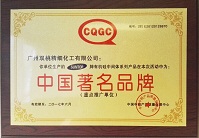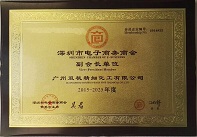
![]() E-mail: admin@gz-chemical.com
E-mail: admin@gz-chemical.com
Email us,best price and silane solutions for you!
Tel:+86 (20) 29035969

![]() E-mail: admin@gz-chemical.com
E-mail: admin@gz-chemical.com
Email us,best price and silane solutions for you!
Tel:+86 (20) 29035969


The goal of the research, published July 11 in the journal Nature, was to engineer artificial
proteins to self-assemble on a crystal surface by creating an exact match between the pattern
of amino acids in the protein and the atoms of the crystal. The ability to program these
interactions could enable the design of new biomimetic materials with customized colors,
chemical reactivity or mechanical properties, or to serve as scaffolds for nano-scale filters,
solar cells or electronic circuits.
"Biology has an amazing ability to organize matter from the atomic scale all the way up to blue
whales," said co-first author Harley Pyles, a graduate student at the UW Medicine's Institute for
Protein Design. "Now, using protein design, we can create brand new biomolecules that
assemble from atomic- to millimeter-length scales. In this case, mica—a naturally occurring
crystal—is acting like a big Lego baseplate on top of which we are assembling new protein
architectures."
The design of the new mineral-binding molecules was inspired by proteins that interact with
ice. At the molecular scale, ice is flat and contains an atomically precise pattern of rigid water
molecules. In nature, proteins match these patterns to enable them to stick to the ice.
The team used computational molecular design to engineer new proteins with customized
patterns of electrical charge on their surfaces, as if they were nano-size Lego blocks perfectly
matched to the mica baseplate. Synthetic genes encoding these designer proteins were placed
inside bacteria, which then mass produced the proteins in the laboratory.
The researchers found that different designs formed different patterns on the mica surface. By
redesigning parts of the proteins, the team was able to produce honeycomb lattices in which
they could digitally tune the diameters of the pores by just a few nanometers, which is about
the width of a single DNA double helix molecule.
Guangzhou Double Peach Fine Chemical Co.,Ltd
Address: No 3401 Huangpu East Road, Huangpu District, Guangzhou, China
Tel:+86 (20) 29035969 Fax:+86(20)29035979
Tel/Wechat/Whatsapp:0086 13826126978 admin@gz-chemical.com